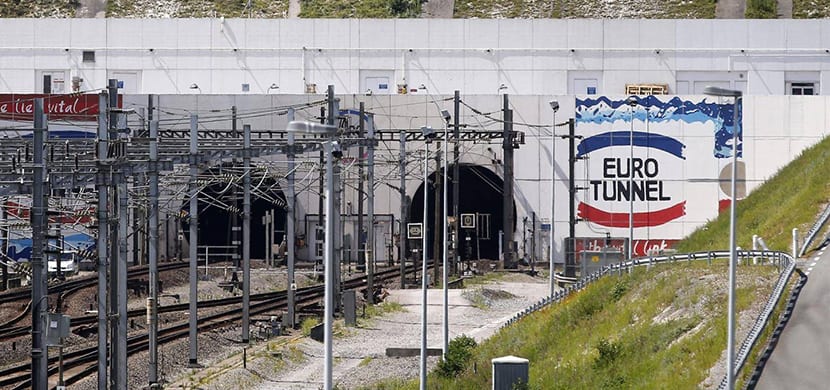
There are many ancient monuments that leave us in awe and make us wonder, how on earth did they do it? But the truth is that the human being is very ingenious and as technology advances, the design and construction of surprising modern engineering works advances: the Channel tunnel, For example.
The Channel Tunnel, or Le tunnel sous La Manche or simply The tunnelIt is a dream come true and today we are going to know how they managed to build it, when, how it works and if you are interested, how to cross it.
The English Channel
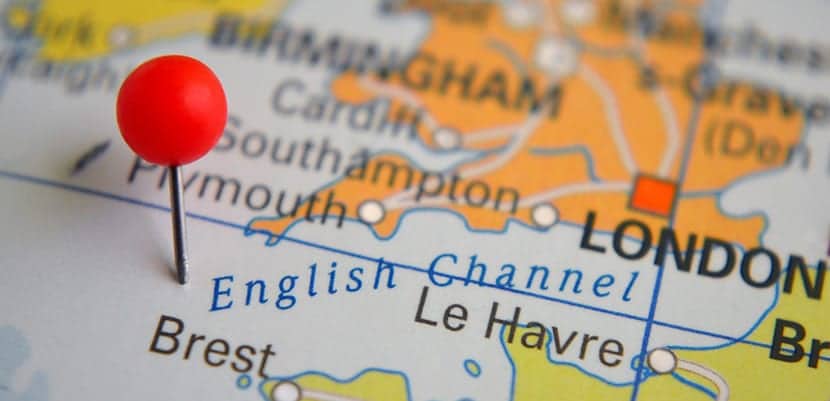
It is also known by the name of English channel and it is nothing but a arm of the Atlantic Ocean that communicates with the North Sea, separating northwestern France from Great Britain.
It is 560 kilometers long and a width that varies between 240 and 33.3 kilometers, which is precisely the Pas de Calais. Has some islands which today are under the English flag and are known as the Channel Islands.
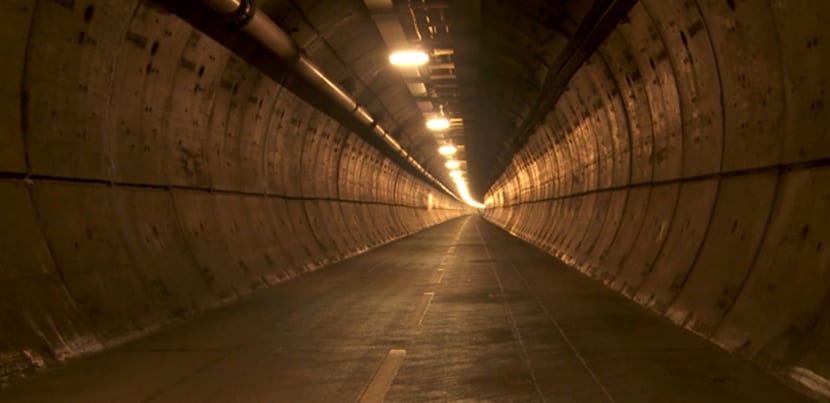
When was it formed? It seems that was formed at the end of the last Ice Age, about ten thousand years ago At that time the islands that make up Great Britain were still attached to Europe but when the thaw occurred a huge lake and a strait formed which is precisely the one that is still between Calais and Dover. Later, a process of erosion created the channel and the permanent waves were widening it.
Obviously the separation from Europe has given the British Isles its own imprint and although it has generally protected them from conflicts and invasions, they have not been one hundred percent exempt. It is enough to remember that they were invaded by the Romans and later by the Normans, and that, thanks to navigation and aviation, isolation has been forgotten.
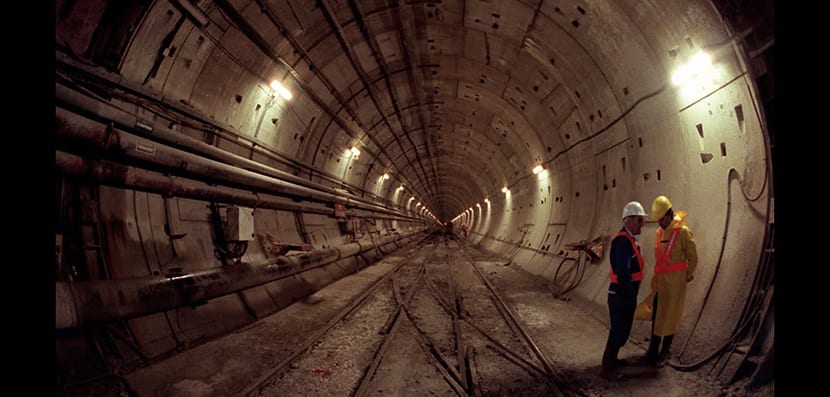
It is estimated that five hundred ships a day cross the canal as it is an important commercial sea passage between Great Britain and Europe and between the Atlantic and the North Sea. After some difficulties and accidents more than forty years ago it was decided that there would be two routes: those traveling north would use the French route and those traveling south the English route. And matter turned out, although still one or two accidents are recorded per year.
And when was the Channel Tunnel built? When was the Eurotunnel?
The Eurotunnel
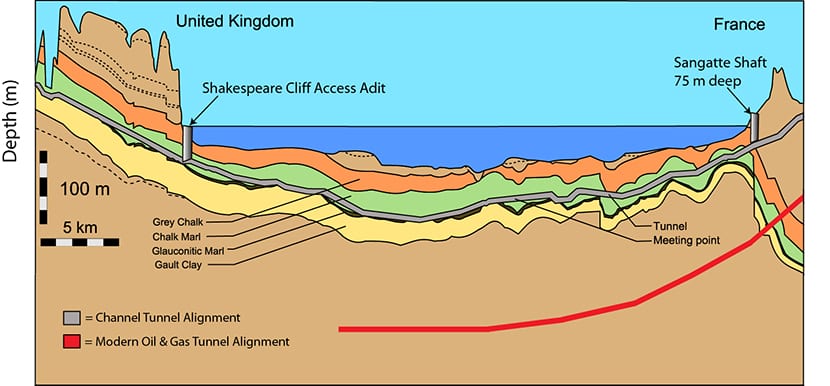
The idea haunted the heads of European governments for a long time. In fact, Napoleon already dreamed of that, but obviously engineering could only make it happen in the XNUMXth century. It's about a railway tunnel that crosses under water and was inaugurated on May 6, 1994, complemented by the ferry service that for centuries had been the only possible crossing.
The international competition for construction was launched in 1984 under the rule of Mitterrand in France and Tatcher in England. Different ideas were presented, tunnels, bridges, some were very expensive, others difficult to complete. Finally, the accepted proposal was that of the construction company Belfour Beatty.
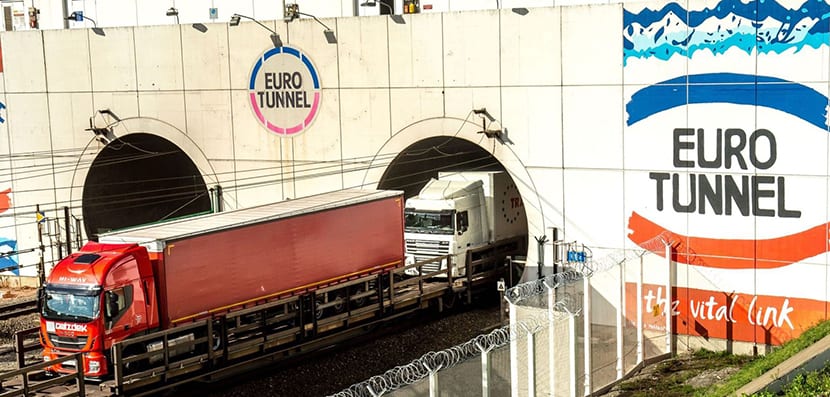
How is the design? Is about two parallel railway tunnels running parallel. In the middle of them runs a third tunnel that is used for maintenance. Everyone must be capable of driving trucks and cars as well. A rough estimate yielded the total figure of $ 3 billion, so fifty banks participated and some 6 skilled workers were hired.
To begin with the excavations, the geology of the English Channel had to be studied and once the depth was decided work began on both sides of the canal since the objective was join in the middle. Works on the French side began near the village of Sangatte and on the English side at Shakespeare Cliff, near Dover. Of course, the bulldozers were huge and on their own they were capable of excavating, collecting the debris, and carrying it back into the tunnel.
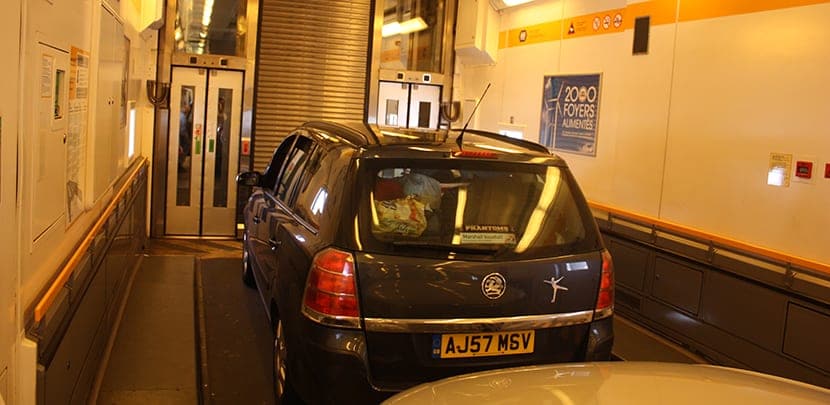
The excavated remains were brought to the surface in train cars on the English side and on the French side were mixed with water and raised by a pipe. These special excavators are called TBM. As the excavations progressed, the sides of the tunnel were reinforced with concrete so that it could withstand the pressure and also make it waterproof at the same time.
But how could the engineers be sure that the two tunnels would meet in the middle of the canal? Well, they had to use special equipment, including lasers, and it wasn't easy at all and for a long time they weren't entirely sure it would work. But they made it, and on December 1, 1990, the great meeting took place and two workers whose names were drawn in the lottery shook hands.

In any case, there was still a long way to go before the Eurotunnel was completed, so the works continued as not one but three tunnels had to be connected. the other meeting took place on May 22, 1991, and the third and last on June 28 of the same year. Later there would be years of the construction of the terminals, the electrical systems, the fire-fighting systems, the ventilation systems, and so on.
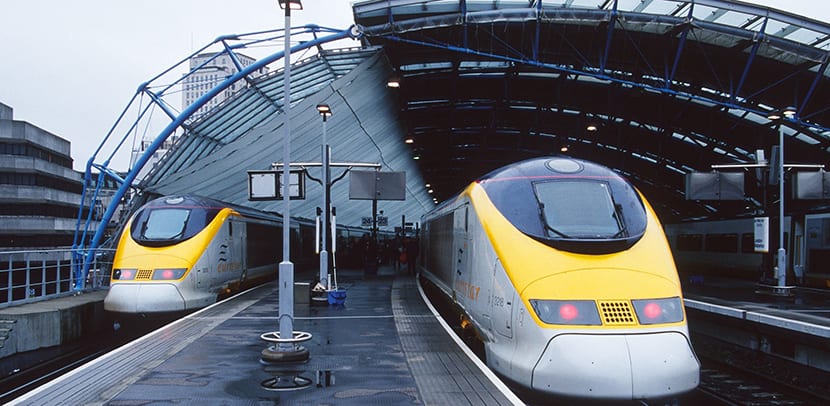
The opening was then on December 10, 1993 when the first test was produced and it became operational on May 6, 1994, after six years of works and 15 billion dollars (it is estimated that 80% more expensive than what was screened). Nowadays there are two rail services, the Shuttle that transports trucks, motorcycles and cars and the Eurostar that carries passengers. Of the 50-odd kilometers long there are 39 that are submarines.
The Eurostar takes two hours and twenty minutes to connect Paris with London y hour and 57 minutes to connect Brussels with London. If you travel with your car you can stay inside or walk through the train while it crosses the tunnel.
And to finish, here are some fun facts that you may not know about the Channel Tunnel:
- It is the XNUMXth longest tunnel in the world in use and has the longest underwater portion.
- for the American Society of Civil Engineers It is one of the Seven Wonders of the Modern World.
- 10 workers, eight English, died in its construction.
- the average depth of the tunnel under the seabed is 50 meters and the lowest point is 75 meters.
- per day about 400 trains cross it carrying an average of 500 thousand passengers.
- has been three fires, in 1996, 2006 and 2012 that forced its momentary closure. The most serious was the first and affected the operations for six months.
- in 2009 five Eurostar trains broke down and stranded two thousand passengers for 16 hours without electricity, without water and without food.
- Shuttles trains are 775 meters long.
- the tunnel is estimated to last at least 120 years.
- traveling in summer is more expensive, especially on weekends. It is convenient to travel midweek early in the morning or late at night. On the English side, prices are around £ 44 by car from Folkestone to Calais or from £ 69 from London to Paris, Brussels, Lille.